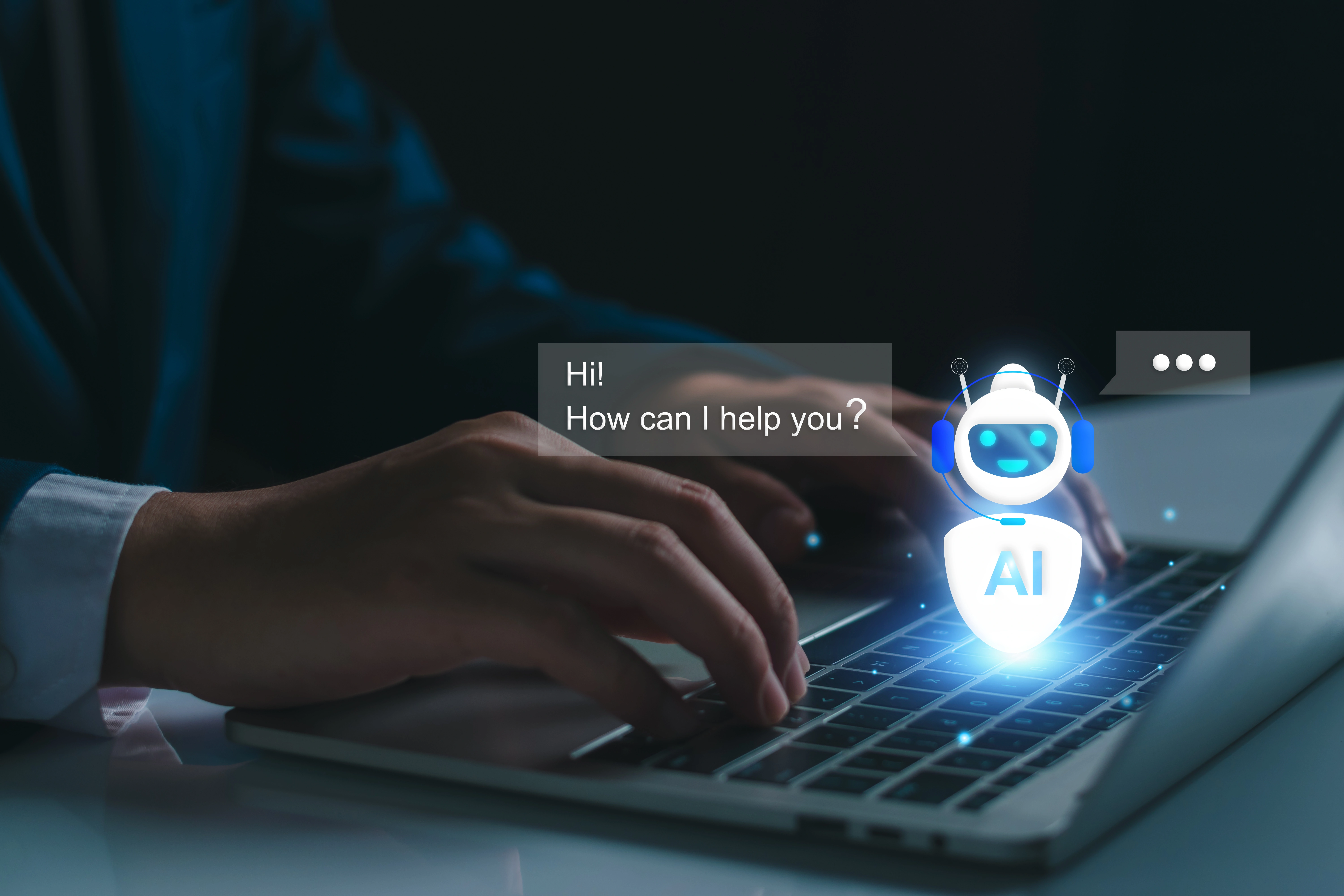The Rise of AI in UX Design: How to Create Seamless Human-AI Interactions
November 9th, 2024 - 10 min read
Artificial intelligence (AI) has become a transformative force in the digital landscape, reshaping the way users interact with technology. From personalized recommendations on e-commerce platforms to conversational chatbots that mimic human interactions, AI-driven tools are ubiquitous. For UX designers, the integration of AI into user experiences offers an exciting frontier—but it also presents unique challenges. The design of human-AI interactions requires a balance between leveraging AI's capabilities and maintaining a natural, intuitive, and trustworthy user experience.
The Evolving Role of AI in UX Design
AI's role in UX design has grown exponentially over the last decade. Today, it powers features such as:
- Personalization: AI-driven algorithms that tailor experiences to individual user preferences, offering curated content, product recommendations, and search results.
- Chatbots and Virtual Assistants: Tools like Siri, Alexa, and customer service chatbots that provide real-time assistance using natural language processing.
- Predictive Analytics: AI analyzes user behavior to predict needs, offering proactive solutions or suggestions.
- Automation: Repetitive tasks, such as data entry or scheduling, are streamlined with AI, enhancing productivity and efficiency.
While these advancements offer immense potential, they also necessitate careful design to address user expectations, behavior, and trust.
Key Challenges in AI-Driven UX
1. Transparency
AI operates behind the scenes, often making decisions that are not immediately visible to the user. This opacity can breed mistrust if users do not understand how outcomes are determined. For example, a user might question why a recommendation engine suggests certain products over others.
Design Solution: Incorporate explainability into the user interface. Visual cues, such as tooltips or infographics, can illustrate how the AI reached a particular conclusion. For instance, a recommendation engine could display “Because you liked [X], we think you’ll enjoy [Y].”
2. Error Management
AI is not infallible. Errors can occur, whether due to incomplete data, misinterpretation of user intent, or inherent algorithmic limitations. Poorly handled AI errors can frustrate users and damage trust.
Design Solution: Build error recovery mechanisms into the UX. Allow users to easily report issues, correct mistakes, or provide feedback. For example, a voice assistant misunderstanding a command should offer suggestions to clarify intent.
3. Human-Centric Design
AI can overwhelm users if it is not designed with a clear understanding of user intent. Overly complex interfaces or intrusive recommendations can detract from the user experience.
Design Solution: Prioritize simplicity. Focus on designing AI features that complement, rather than complicate, the user’s journey.
Best Practices for Designing Human-AI Experiences
1. Set Clear Expectations
From the outset, users should understand what the AI can and cannot do. Ambiguity can lead to frustration and unmet expectations.
Implementation Tip: Use onboarding tutorials or tooltips to introduce the AI’s capabilities. For instance, a financial app might clarify, “Our AI provides investment suggestions but does not guarantee returns.”
2. Empathy in Interactions
Humanizing AI interactions fosters a sense of connection and trust. Using conversational tones, natural language processing, and relatable responses can enhance user engagement.
Implementation Tip: Design conversational UIs to reflect human behavior. A chatbot addressing a user’s frustration should acknowledge emotions with phrases like, “I’m sorry to hear that. Let me help.”
3. Feedback Loops
AI systems improve over time through user input. Providing opportunities for feedback allows the AI to refine its performance and better align with user expectations.
Implementation Tip: Incorporate rating systems, comment fields, or “Did this help?” prompts to gather actionable insights.
4. Seamless Integration
AI features should enhance existing workflows without feeling intrusive. Users should experience AI as a helpful assistant rather than an obstacle.
Implementation Tip: Design AI tools to operate in the background or as optional enhancements. For instance, an email app could offer an “Auto-Suggest Reply” feature that users can accept, edit, or ignore.
The Future of AI in UX Design
As AI technology evolves, the possibilities for UX design are limitless. Emerging trends, such as generative AI and emotion recognition, promise even greater personalization and interactivity. However, these advancements will require ongoing attention to ethical considerations, user trust, and accessibility.
UX designers are at the forefront of this evolution, bridging the gap between complex AI systems and human users. By focusing on transparency, empathy, and usability, designers can ensure that AI-driven experiences are not only functional but also meaningful.